.webp)
© History Oasis
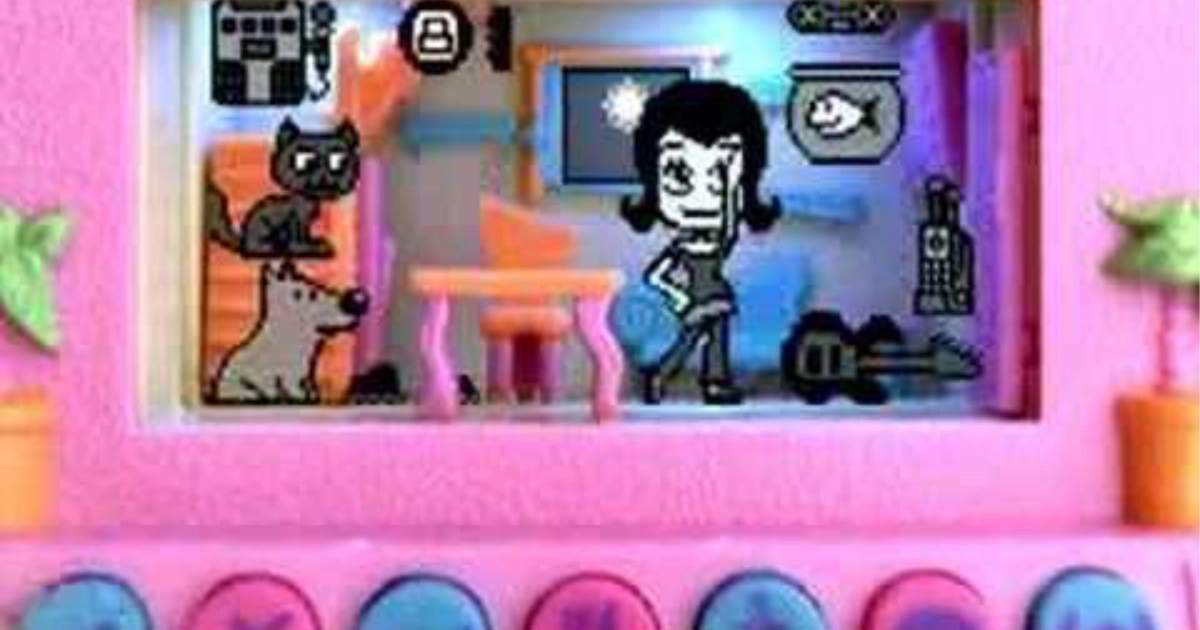
Discontinued: 2009
Digital dollhouses that fit in your pocket. These LCD companions lived in tiny plastic homes where kids could feed, play with, and care for their virtual friends. The final "Fab Life" city even doubled as a piggy bank. Pixel Chix was Mattel's attempt to blend Tamagotchi-style gameplay with dollhouse fun.
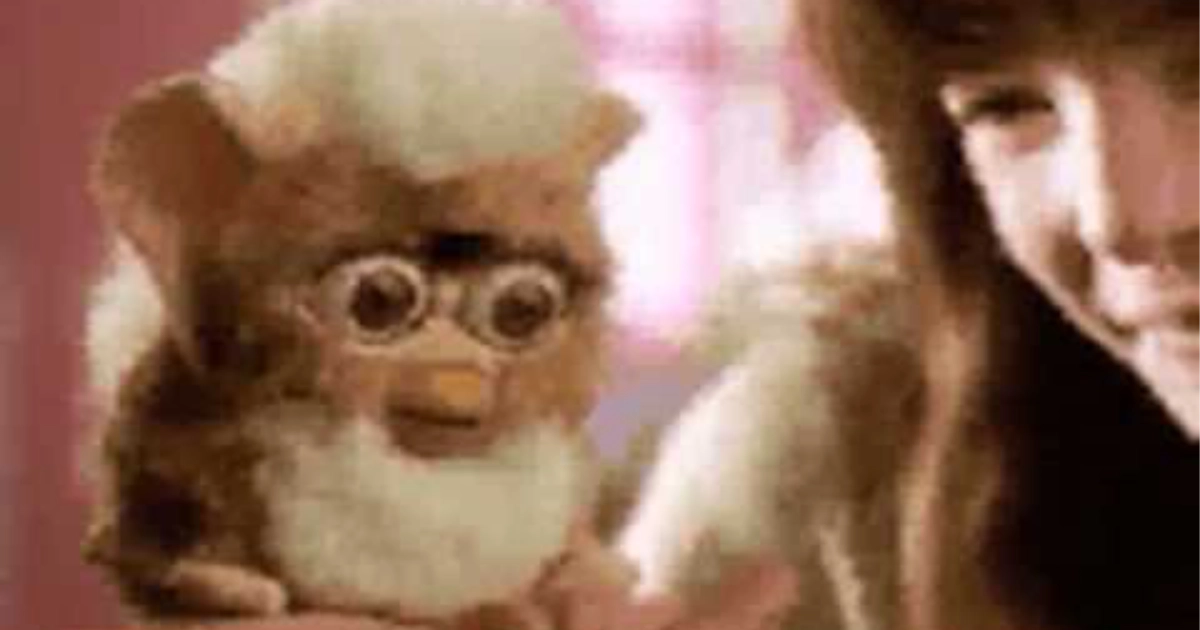
Discontinued: 2001 (revived 2005-2007)
You might remember the Original Furby as an owl-hamster hybrid that "learned" English. Starting with pure Furbish gibberish, these robotic pets gradually spoke more English the more you interacted with them. 40 million units sold in three years. Parents eventually got tired of the constant chattering and mysterious midnight activations.
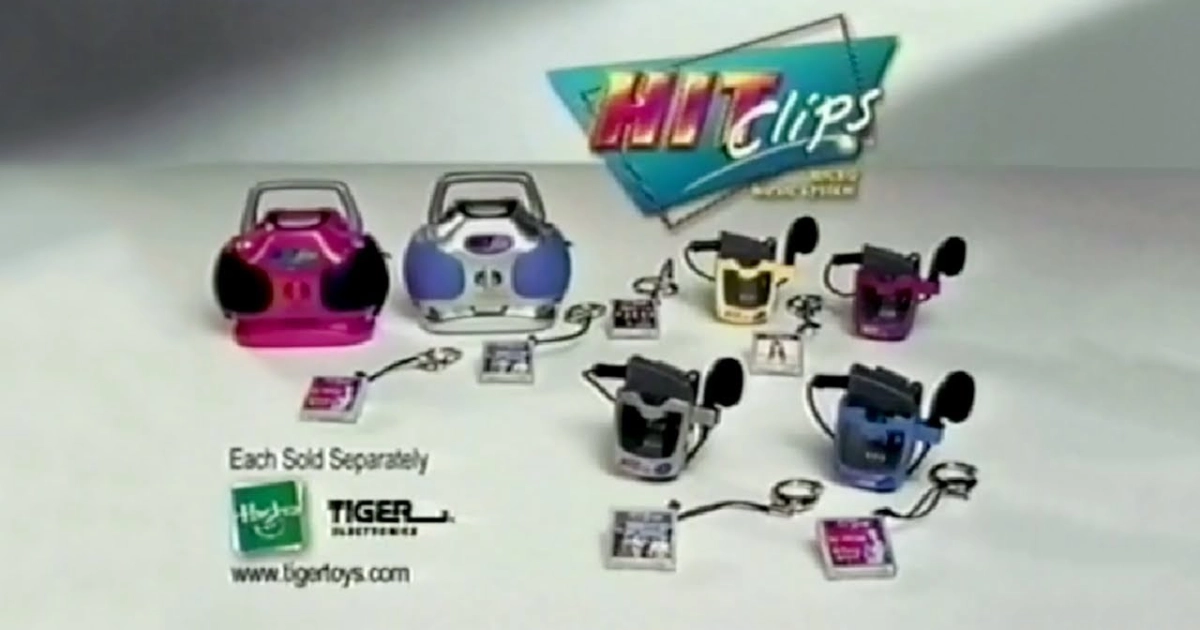
Discontinued: 2004
Sixty seconds of your favorite Britney Spears or NSYNC track on a tiny cartridge. That was the concept of HitClips. Kids collected these micro music players like trading cards. They even wore them as fashion accessories at school. It was Tiger Electronics' answer to portable music—before iPods made the whole concept obsolete overnight.
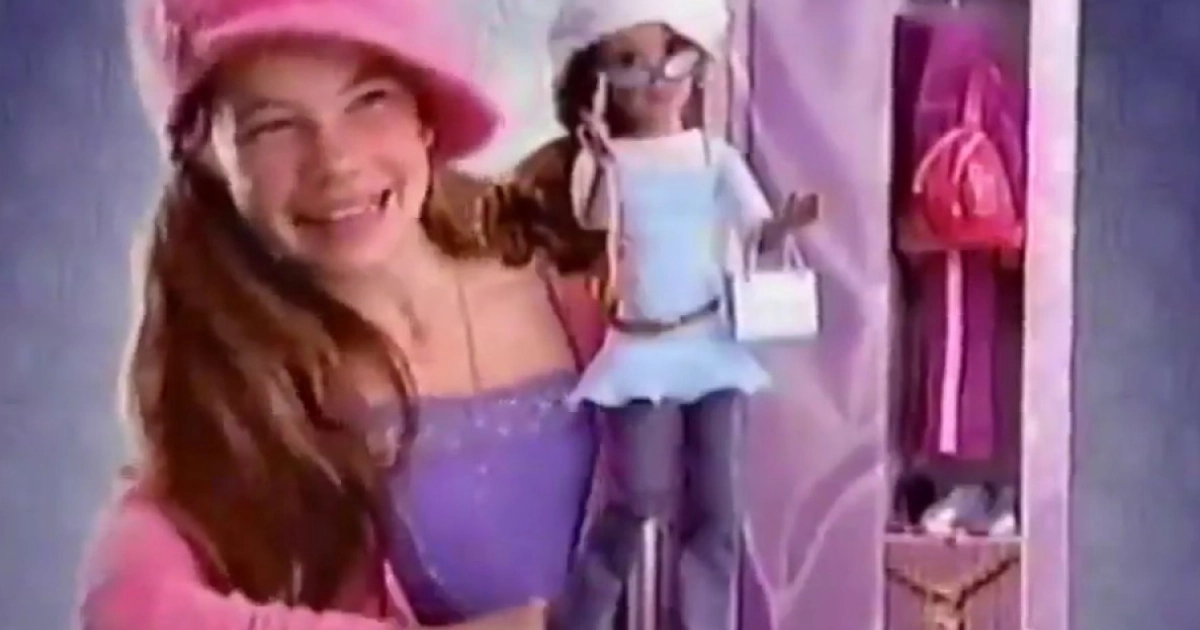
Discontinued: 2006
Mattel's 17-inch fashion dolls aimed at tweens, Teen Trends Dolls featured Gabby, Deondra, Courtney, and Kianna. A Japanese character, Rayna, was planned but never released, despite appearing at the 2006 Toy Fair. But the tall dolls were no match for the crowded doll market of the 2000s.
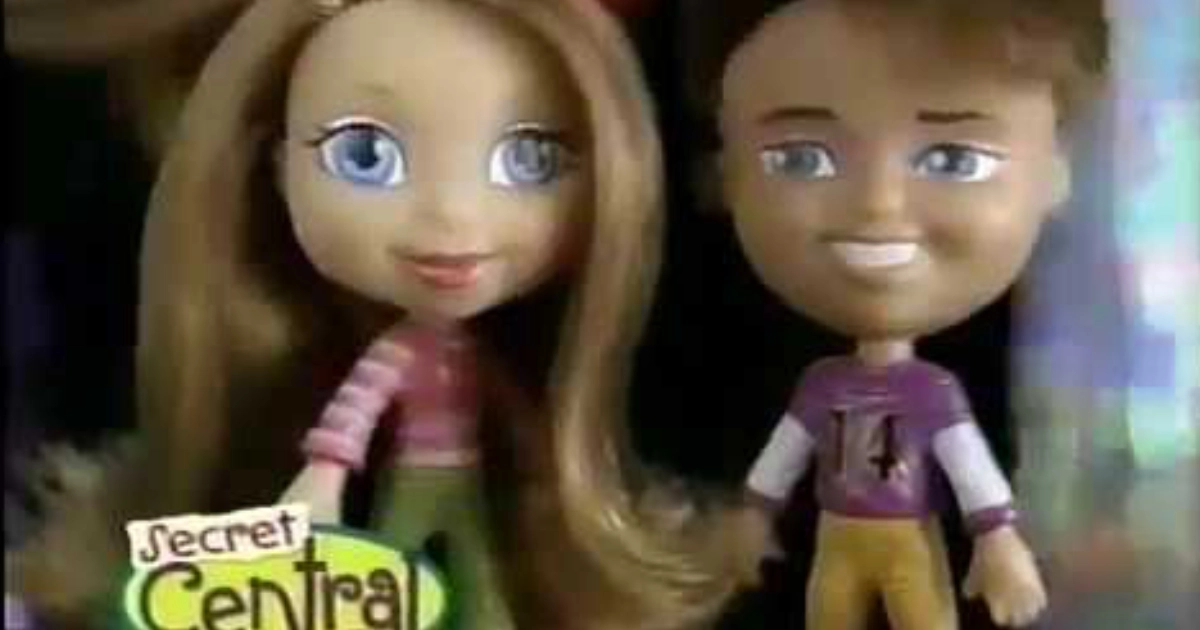
Discontinued: 2006
Secret Central Dolls were high school stereotype dolls with digital lockers you could unlock online. Each doll came with secret notes and accessories. Despite positive reactions, they were no match for the competition. The interactive website closed when the dolls disappeared from shelves.
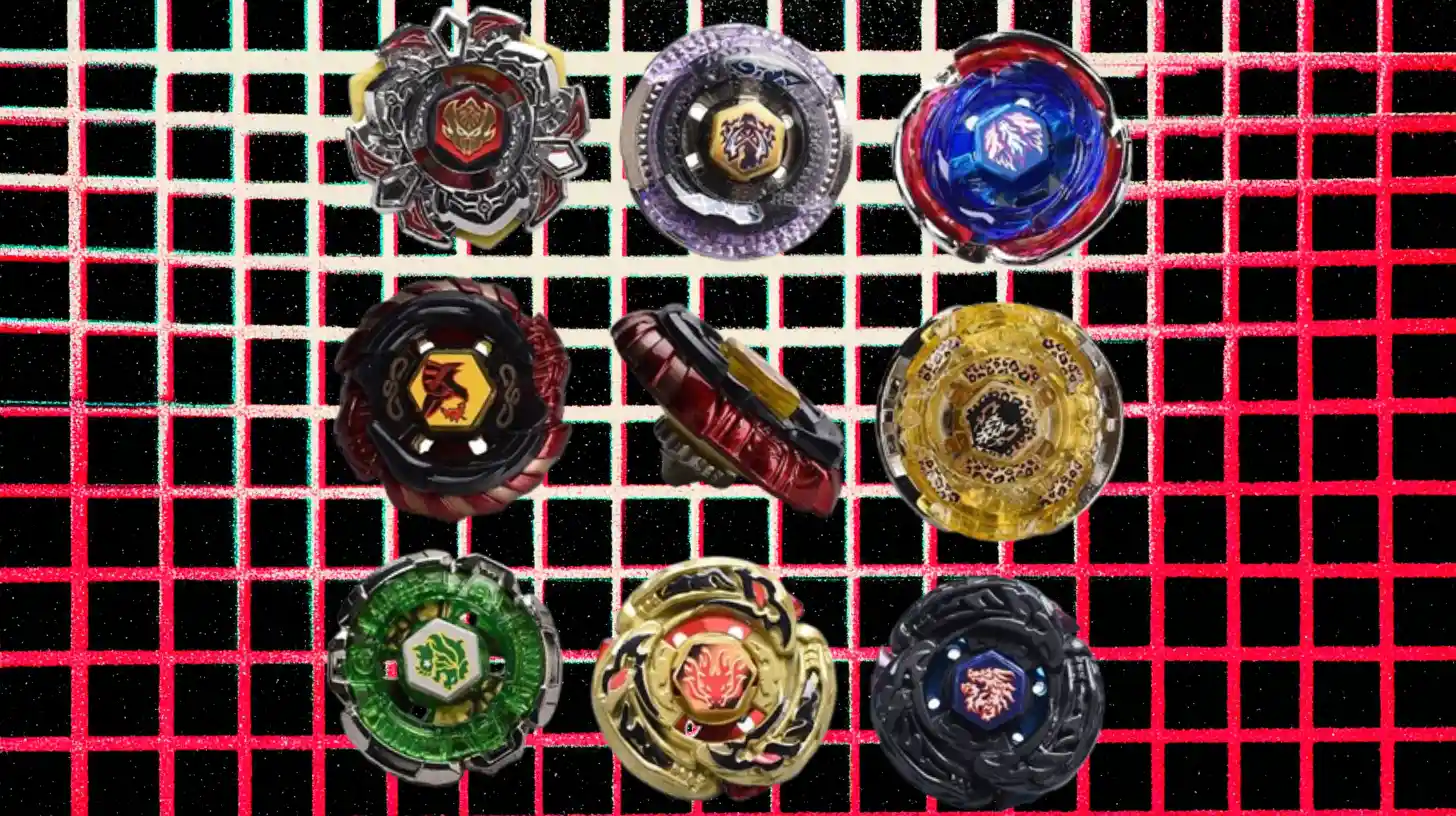
Discontinued: 2005
"Let it rip!" became the battle cry of kids in the 2000s. These customizable spinning tops turned playground fights into epic tournaments. One hundred million units sold worldwide before the metal generation took over in 2008. The plastic era ended, but the spinning legacy lived on.
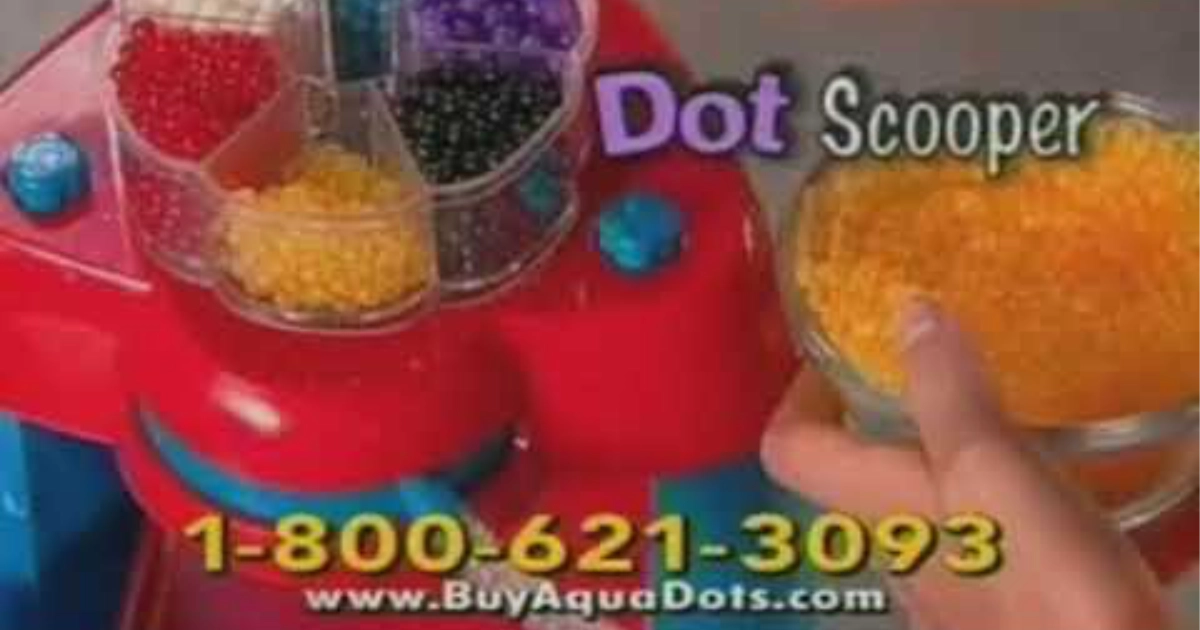
Discontinued: 2007
2007's "Toy of the Year", Aqua Dots, lasted only eight months. Kids arranged colorful beads, sprayed water, and watched the dots fuse into 3D designs. But then a horrifying discovery crushed the toy. The coating contained chemicals that were dangerous when ingested. Some kids fell into comas after swallowing these seemingly innocent craft beads.
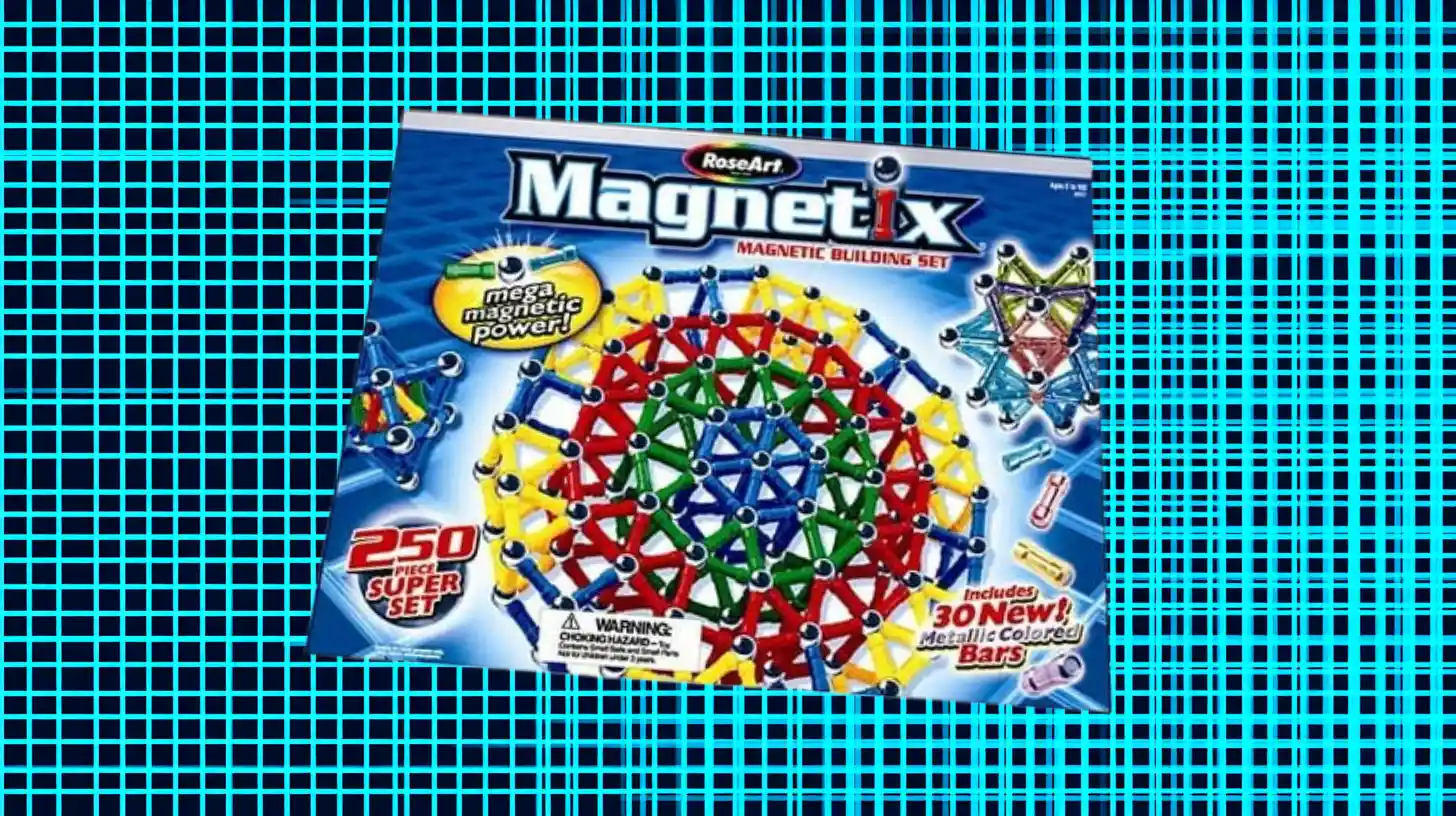
Discontinued: 2007
Magnetix were powerful magnetic building pieces that sparked creativity—and tragedy. When tiny magnets detached and were swallowed, they attracted to each other inside children's intestines, causing tears and blockages. One death and 27 surgeries later, these "educational" toys were permanently discontinued.
.webp)
Discontinued: 2012 US, 2015 globally
Tiny dolls living in even tinier compacts was the idea behind Polly Pocket. Chris Wiggs' 1983 creation for his daughter became a global phenomenon. Mattel's 1998 redesign gradually moved away from the pocket-sized magic, eventually abandoning compacts entirely. The brand tried comebacks but never recaptured the hearts of little girls.
.webp)
Discontinued: 1998, revived 2004
Tamagotchi was a digital pet that taught responsibility and heartbreak. 40 million of these toys were sold globally before overproduction caused a 6 billion yen loss for Bandai. Kids learned hard lessons about life and death when their pixelated pets inevitably died. They tried to make a comeback in 2004, but it was never the same.
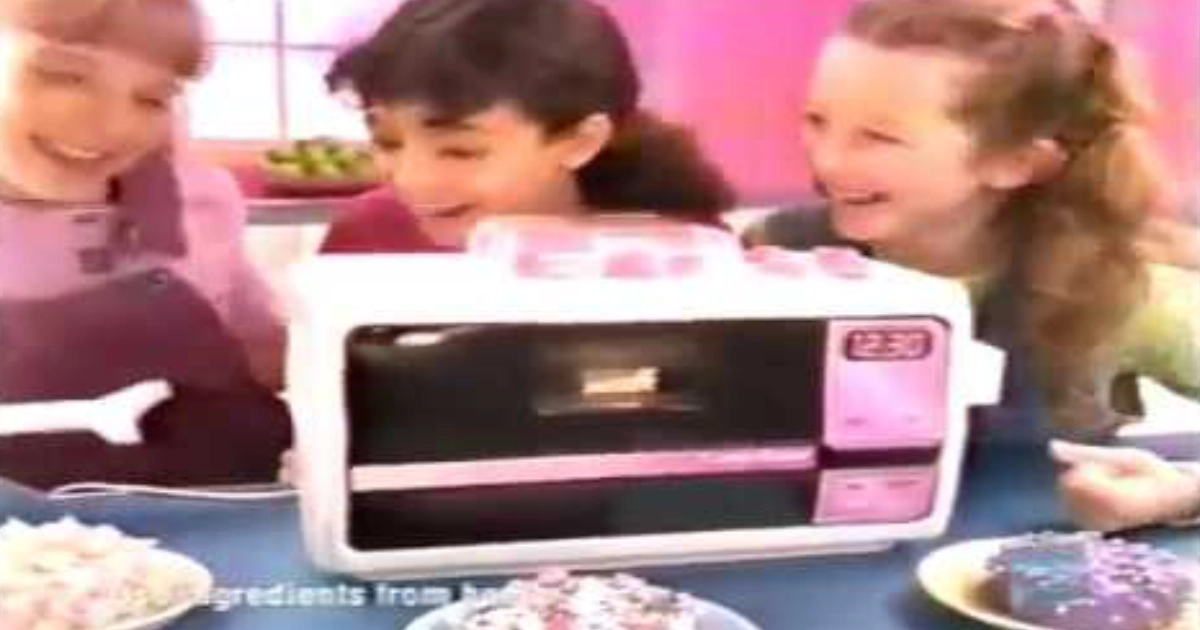
Discontinued: 2006
Hasbro's 2006 Easy Bake Oven became a parent's nightmare when the heating element caused severe burns. The beloved baking toy that made generations of mini chefs had to be yanked after multiple injury reports. Who would have thought a toy oven would cause so much damage?

Discontinued: 2007
"Never Kite Higher Than You Are Willing To Fall" should have been a warning, not a slogan. This inflatable kite for water sports caused two deaths and 39 serious injuries in under a year. Broken necks and punctured lungs ended this extreme toy's brief flight.